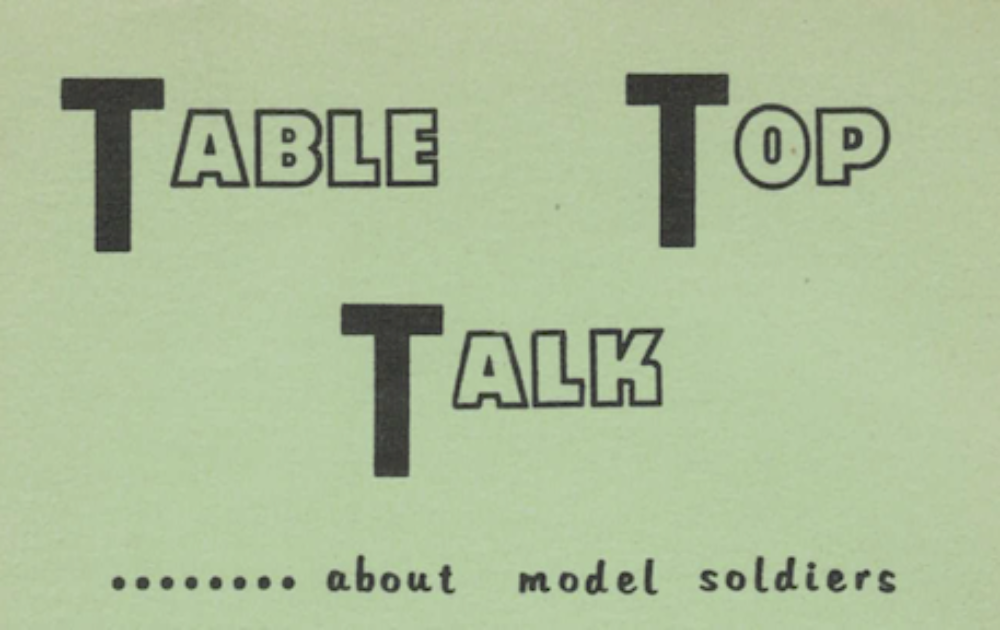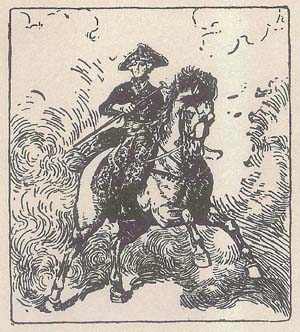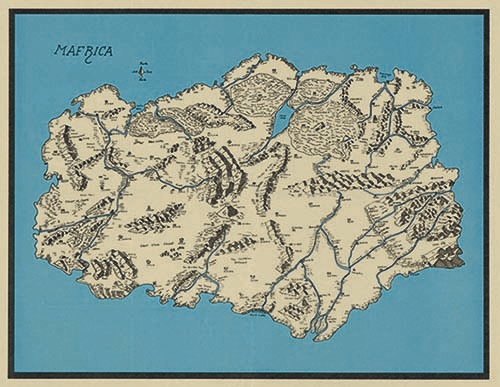20mm Miniatures of the Seven Years War
The so called “Tri-Corn” or “Cocked Hat” period of military history extended over more than two centuries form the lat 1600s to the Napoleonic wars. Uniforms of all armies of the world were almost identical during this phase of military dress, and even as they evolved from the cumbersome cuffs and coats to lighter apparel of Napoleon’s time, the Tri-corn hat remained of the same pattern…
The above is taken from Jack Scruby’s Catalouge of Military Miniatures (1963). The full, two page, section covering 20mm miniatures of the Seven Years War can be found here:
Click on the image above to download/view the catalog pages (format is PDF)
The 18th Century (SYW & AWI) has long been one of my favorite periods of military history, as such I have more than a few war game figures for this period. Two small 20mm AWI armies are a part of my collection. These armies were built using the Greenwood and Ball 20mm figures produced by Jack Scruby.
I’m not sure when I purchased my first 20mm miniatures of the Tricorne Era, but I do know that they have been among my favorite figures for many years.
I had originally planned to share several pictures of the original masters and patterns from my collection, but the photos did not come out as well as I would have liked, so for now I’ll just share the following two photos.

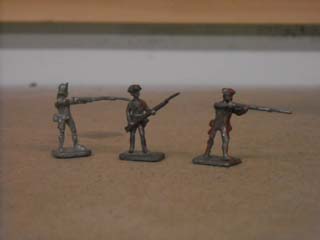
You will notice red lines drawn on the masters in the pictures above. These lines were used as a guide for part lines when cutting the original gravity molds (more about this in a future post).
The original gravity molds for these figures are long gone – they were used to cast figures until they would no longer produce usable figures. My collection of original masters and patterns is not quite complete. It is close but there are a few pieces missing (there is still hope that the missing pieces can be located, as many of the pattern figures have been stored in a not so organized manner for many years and I continue to uncover lost treasures).
Since we all know that “a picture is worth a thousand words“, the next few thousands words will be represented by these photos of figures in my collection.
Continentals:
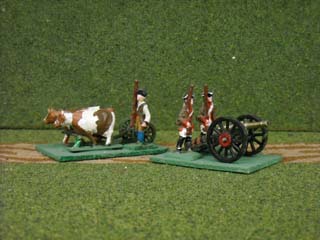
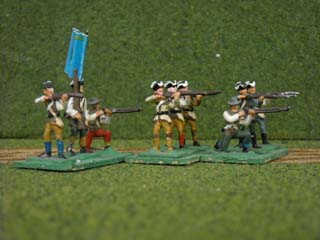
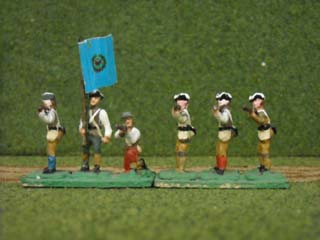
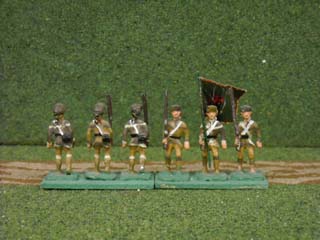
Hessians:
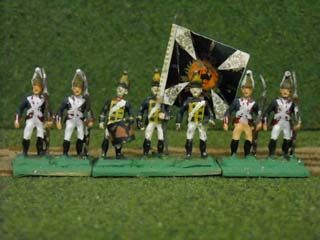
Redcoats:
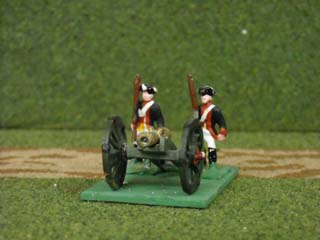
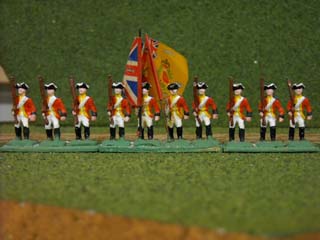
Some of my Scruby catalogs are a bit out of order; the 1963 catalog is my cleanest copy and has been taken apart for scanning, so I missed scanning and adding a page to Part I of this series. The page I forgot is the first page of Section Two – 20mm Military Miniatures.
 Click the image to the left to view catalog page
Click the image to the left to view catalog page
That about wraps things up for Part II. I don’t yet have a time frame for the posting of Part III – there is still a bit of work remaining and I don’t want to promise a published date that I know I can’t keep. I can however share with you the topic of our next installment – Soldiers of the 20th Century – we will feature miniatures by Greenwood and Ball, Holger Ericsson and Joe Morschauser. Part IV will follow. In the fourth installment we will deeper into master figures and molds. We will also show a comparison between 20m and 25mm figures.
Coming up next time I’ll cover Medieval War Game rules; we will look at rules by Charles Sweet circa 1957 and the original Chainmail (Gygax and Perren)…
